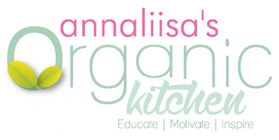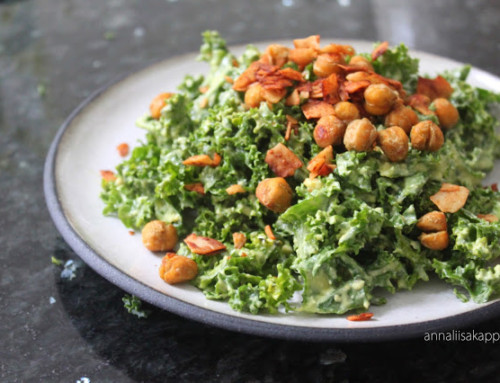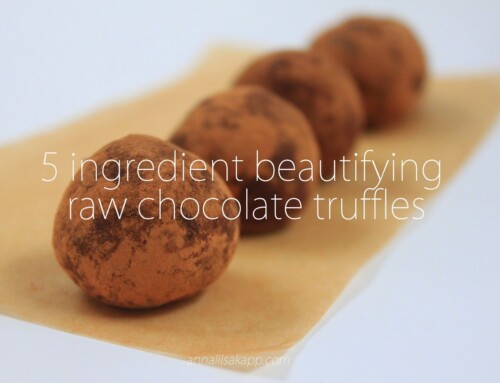It’s hard for me to admit, but since becoming a parent, I’m much more conscious about taking care of Mama Earth (which I should have been years ago). I have always recycled, reused my masor jars as storage and brought my own bags to the grocery store but since having children, it has really hit home for me. There are 7 billion people on this earth, and many (many) of them don’t even recycle!! It is up to every single one of us to do our part and reduce our foot print on this sweet beautiful Earth. Not just on Earth Day, but all of our days.
Here are some facts I came across (these are Canadian stats):
Diaper Usage:
- In the first two years, the average baby will require between 5000 to 7000 diaper changes.
- As of 2004, approximately 1.7 billion disposable diapers were used each year in Canada, accounting for 85 percent of the diaper market.
- Before disposable diapers were introduced, all babies in North America were diapered in cloth. Within 10 years of the arrival of disposable diapers on the market, the number of cloth diaper users quickly dwindled to 10 per cent.
- Over 4,000,000 disposable diapers are discarded per day in Canada.
- Approximately 250,000 tonnes of disposable diapers are sent for disposal each year in Canada, according to 2004 figures.
- Disposable diapers represent approximately 3 percent of the total quantity of residential waste for disposal in Canada.
- Effluents from the disposable diaper manufacturing process (plastic, pulp and bleached paper) are more damaging to the environment than the cotton and hemp growing and manufacturing process used for cloth diapers.
- These diapers all contain super-absorbent gelling materials,” or AGM. AGM is linked to an increase in childhood asthma and a decrease in sperm count among boys.
- Sodium polyacrylate, the gel-like absorbent substance used in disposables, was removed from tampons because of it’s link to toxic shock syndrome. This substance is still being used in disposable diapers.
- In the October 2000 issue of the Disease in Childhood medical journal, German researchers found that the scrotal skin temperatures of baby boys were significantly higher when they wore disposable diapers than when they wore cloth.
Eco-friendly disposable diapers:
These are a step in the right direction for your baby as they are usually not bleached in chlorine, don’t contain fragrance, made of renewable materials (like cornstarch instead of plastic) and are free of latex. The problem is that they still end up on the landfills! Here is a great article on the battle of the green diapers and a list of choices.
Cloth diapers:
- Cloth diapers may encourage babies to potty train faster than disposables, because with disposable diapers, the babies seldom feel any wetness or discomfort.
- Best choice for sustainability.
- Cloth diapers are related to water and air pollution because of the water and energy used to wash and dry them. This is particularly important in areas with water shortages.
- Home laundering of cloth diapers produces greenhouse gas and other emissions from energy consumption in the dryer. Line-drying diapers when possible can reduce these emissions.
Biodegradable diapers:
- Some are only 35-75 percent biodegradable
- Only biodegradable when composted properly (not in landfills)
- Usually don’t contain harsh chemicals or fragrances
In a perfect world, we would all use cloth diapers but many are reluctant due to the extra work it takes to constantly wash the poopy mess. I was introduced to this amazing solution to my diapering needs for my newborn. It’s a cloth diaper with a biodegradable disposable inserts that can be flushed, home composted, or tossed in your green bin. It’s kind of a hybrid of cloth and biodegradable diapers.
I have been using this product for a week now with my newborn, and I absolutely love it! I haven’t experienced any leaks and it’s super easy to use. Way to go gDiapers!!
Here are the facts on gDiapers:
- They are made of cellulose rayon, fluffed wood pulp, and super absorber.
- They’re elemental chlorine free, latex free, perfume free and dye free.
- The cellulose rayon and fluffed wood pulp comes from sustainably grown and harvested softwood.
- Super absorber is sodium polyacrylate (SAP) and is a green and non-toxic water absorbing polymer.
- The inner lining is made of breathable nylon (re-usable)
- Super easy and convenient to use, even when travelling with baby.




We provide a full range of environmentally safe Hygiene Services and Washroom products, including Sanitary Bins, Air Fresheners (Air Fresh units & Purifiers), medical waste and sharps removal as well as hand hygiene products, we have over 150 products, services and options to suit virtually any requirement.
medical waste Sydney